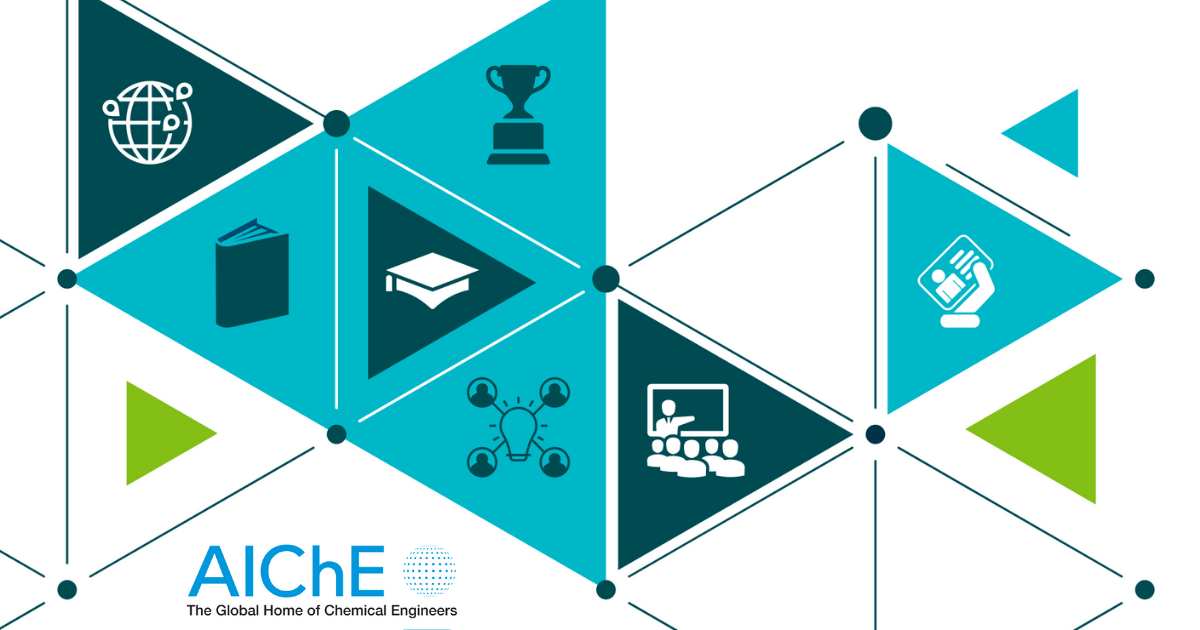Dynamic or Programmable Catalysis is a promising technique to overcome rate limitations given by the Sabatier Principle. Its aim is to set (or program) the binding energy to oscillate with a predetermined shape, periodically promoting elementary reaction steps, avoiding limitations associated with rate controlling steps and therefore achieving higher overall reaction rates. To efficiently simulate a dynamic catalytic system operation, in this work, we formulate the problem as a Boundary Value Problem (BVP) with limit cycle conditions to directly obtain results to the cyclic steady state (CSS). The time for finding the CSS solution is consistently of around one second, independent of the input parameters or the stiffness of the system. In the implementation, we use a flexible method leveraging the algebraic modeling language Pyomo.DAE and the solver IPOPT. Optimization approaches within Scipy were wrapped around the simulation to identify the waveform parameters that would maximize the time-averaged turnover frequency (avTOF) within bounds. For the square wave, the increase on the avTOF when compared to the peak of the Sabatier Volcano of the static system was of four orders of magnitude. We relate the results to an Extended version of the Sabatier Volcano, which is a graphical representation that provides insights into the behavior and optimal parameters of the target systems. These results not only support the notion that dynamic/programmable catalysis provides rate of reaction enhancement beyond the Sabatier limit, but also show the value of using optimization techniques to identify sets of parameters to achieve the best results possible within bounds.
